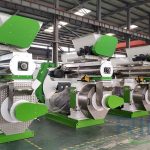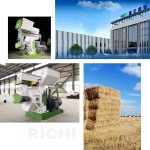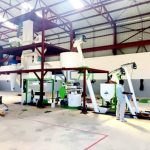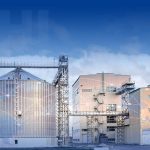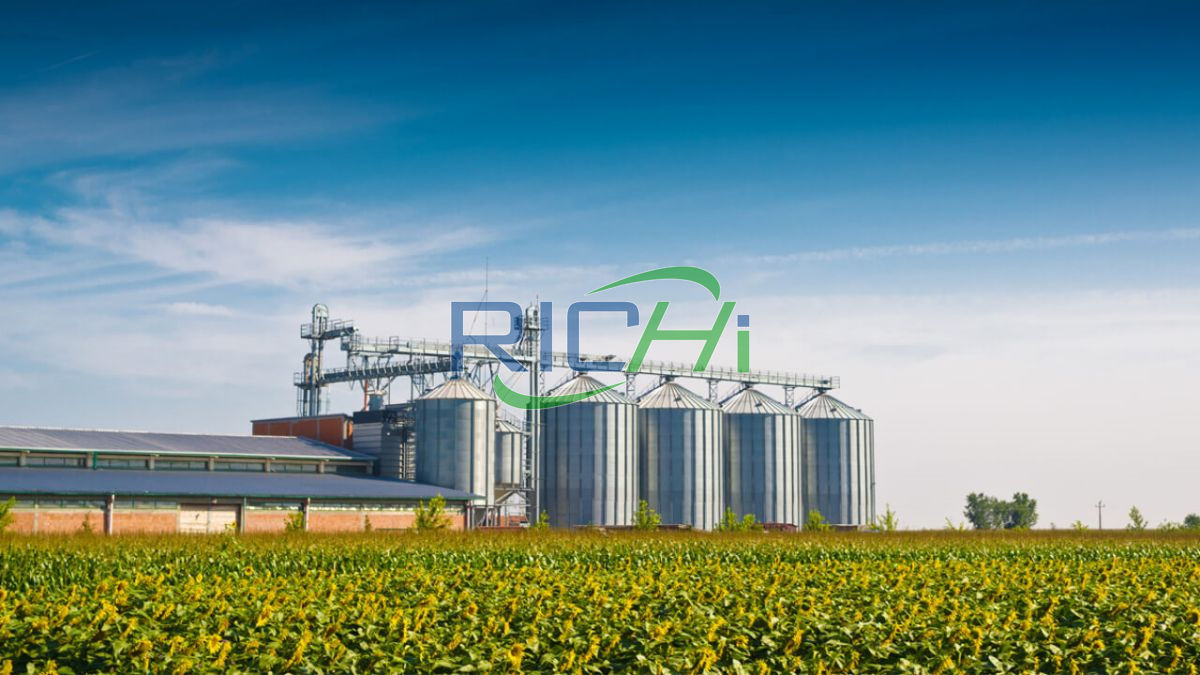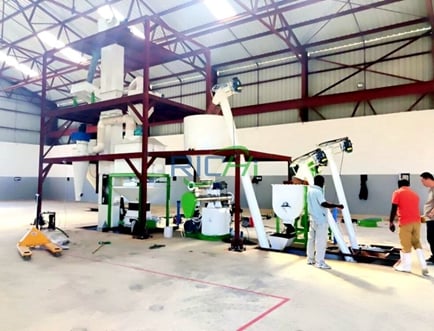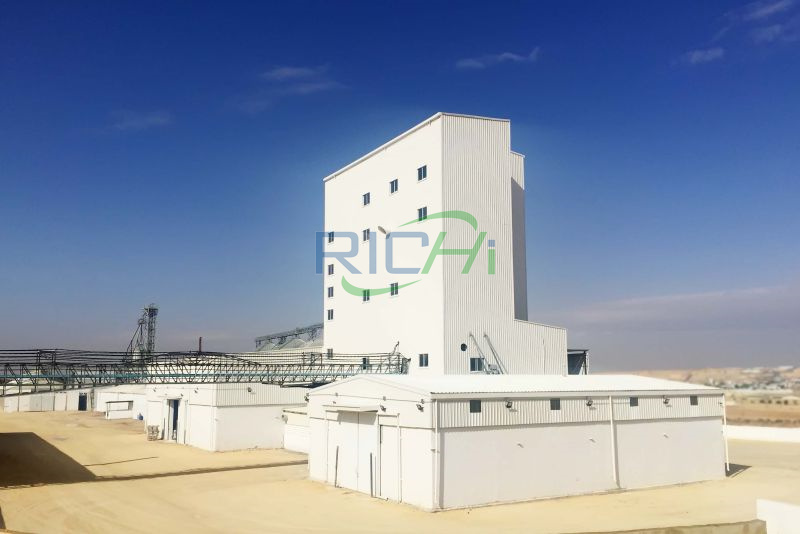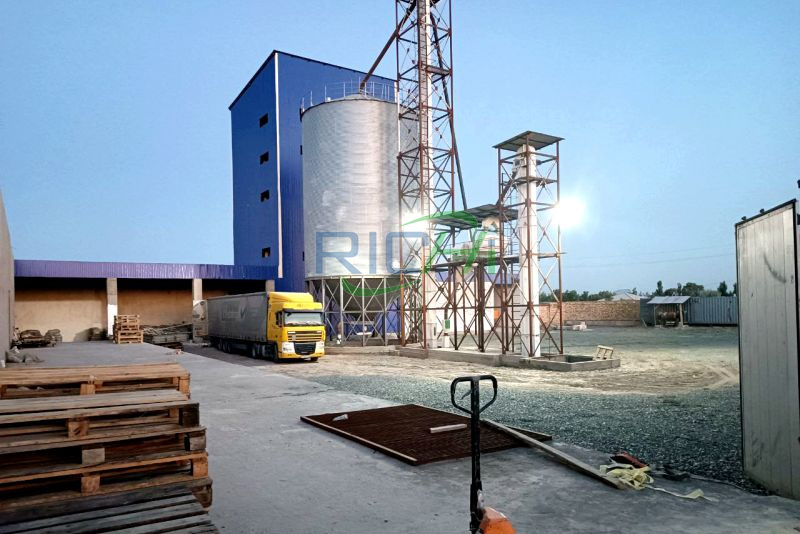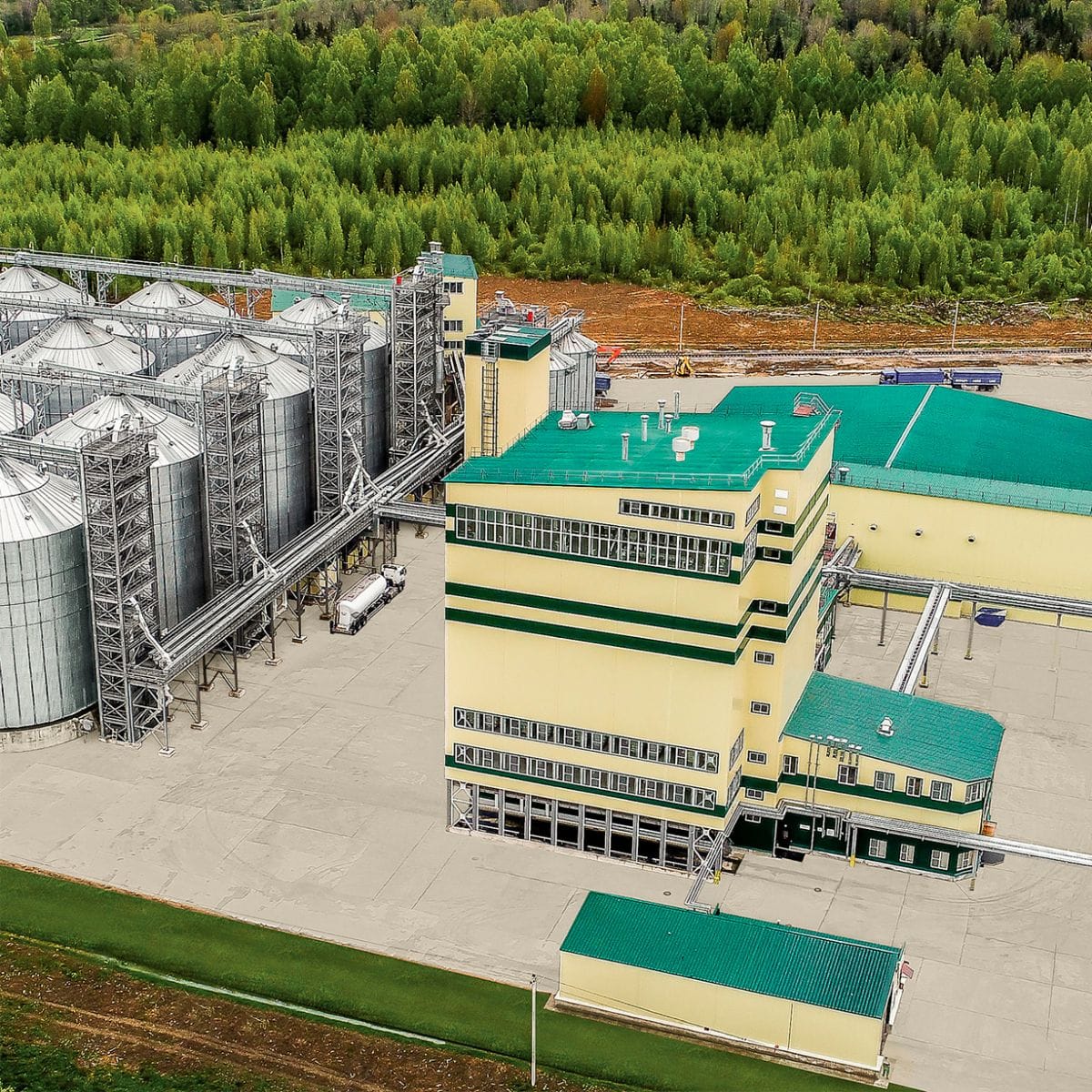Mexico’s poultry industry has been experiencing significant growth in recent years, driven by increasing domestic consumption and export opportunities. To meet this rising demand, establishing a large-scale poultry feed plant is a strategic move. This article explores the process and considerations for starting a 25 tons per hour (T/H) poultry feed plant in Mexico, highlighting the opportunities and challenges involved in this ambitious venture.
The Mexican Poultry Industry: A Growing Market
Mexico is one of the world’s largest poultry producers, with a robust domestic market and expanding export potential. The country’s poultry sector has been growing steadily, driven by:
- Increasing per capita consumption of chicken meat and eggs
- Rising population and urbanization
- Growing demand for affordable protein sources
- Expanding export opportunities, particularly to neighboring countries
This growth trajectory creates a favorable environment for investing in a large-scale poultry feed production facility.
Related post:
Key Considerations for Establishing the Feed Plant
Location Selection
Choosing the right location for the 25 T/H poultry feed plant is crucial. Factors to consider include:
- Proximity to major poultry farming regions
- Access to raw material suppliers (corn, soybean meal, etc.)
- Transportation infrastructure (roads, ports)
- Availability of skilled labor
- Local regulations and incentives
Ideal locations might include states like Jalisco, Veracruz, or Querétaro, which are known for their significant poultry production.
Plant Design and Equipment
A 25 T/H poultry feed production line requires state-of-the-art equipment and a well-planned layout. Key components include:
- Raw material receiving and storage facilities
- Grinding and mixing equipment
- Pelleting lines
- Cooling and drying systems
- Packaging and bulk loading facilities
- Quality control laboratory
- Automation and control systems
Working with experienced feed mill equipment suppliers and engineers is essential to ensure optimal plant design and efficiency.
Raw Material Sourcing
Securing a reliable supply of high-quality raw materials is critical. Major ingredients include:
- Corn and other grains
- Soybean meal and other protein sources
- Vitamins and minerals
- Feed additives
Developing strong relationships with local farmers and importers will be crucial for maintaining a steady supply of ingredients.
Regulatory Compliance
Navigating Mexico’s regulatory landscape is essential. Key areas to address include:
- Environmental permits
- Food safety regulations
- Labor laws
- Import/export regulations for raw materials and finished products
Engaging with local legal experts and regulatory consultants can help ensure full compliance with all relevant laws and standards.
Workforce Development
Operating a 25 T/H feed mill requires a skilled workforce. Key positions to fill include:
- Plant managers and supervisors
- Quality control specialists
- Maintenance technicians
- Production operators
- Logistics and supply chain managers
Implementing comprehensive training programs will be essential to develop and maintain a competent workforce.
Market Strategy and Distribution
Developing a robust market strategy is crucial for the success of the feed plant. Consider:
- Targeting major poultry producers in Mexico
- Developing relationships with smaller, independent farmers
- Exploring export opportunities to Central American countries
- Offering customized feed formulations for different poultry production stages
Establishing an efficient distribution network will be key to reaching customers across Mexico’s diverse geographical regions.
Technology and Innovation
Incorporating the latest technology and innovative practices can set the feed plant apart:
- Implementing precision nutrition techniques
- Utilizing data analytics for production optimization
- Adopting sustainable production practices
- Exploring alternative protein sources for feed formulation
Staying at the forefront of feed technology can provide a competitive edge in the market.
Challenges and Mitigation Strategies
Several challenges must be addressed when starting a large-scale feed plant in Mexico:
- Currency fluctuations: Implement hedging strategies to manage foreign exchange risks, especially for imported ingredients.
- Competition: Differentiate through quality, service, and customized feed solutions.
- Infrastructure limitations: Invest in logistics and potentially in-house transportation fleet to ensure reliable delivery.
- Water scarcity: Implement water-efficient technologies and explore alternative water sources.
- Energy costs: Consider renewable energy options like solar panels to reduce long-term energy expenses.
Environmental and Sustainability Considerations
Incorporating sustainability into the plant’s operations is increasingly important:
- Implement energy-efficient equipment and processes
- Explore sustainable packaging options
- Develop waste reduction and recycling programs
- Consider obtaining sustainability certifications
These initiatives can improve the plant’s environmental footprint and appeal to environmentally conscious customers.
Financial Projections and ROI
A 25 T/H poultry feed plant represents a significant investment. Key financial considerations include:
- Initial capital expenditure for land, construction, and equipment
- Working capital requirements for raw material inventory and operations
- Projected revenue based on market demand and pricing strategies
- Operating costs, including labor, energy, and maintenance
- Estimated return on investment and payback period
Conducting thorough financial analysis and securing appropriate funding sources will be crucial for the project’s success.
Conclusion
Starting a 25 T/H poultry feed plant in Mexico presents a significant opportunity to capitalize on the country’s growing poultry industry. By carefully considering factors such as location, equipment, raw material sourcing, and market strategy, investors can position themselves for success in this dynamic sector.The challenges are substantial, but so are the potential rewards. With proper planning, investment in technology and sustainability, and a focus on quality and customer service, a large-scale poultry feed plant can become a cornerstone of Mexico’s agricultural industry.As the project moves forward, maintaining flexibility to adapt to market changes and regulatory developments will be key. By staying attuned to industry trends and customer needs, the feed plant can play a vital role in supporting Mexico’s poultry sector and contributing to the country’s agricultural development for years to come.


